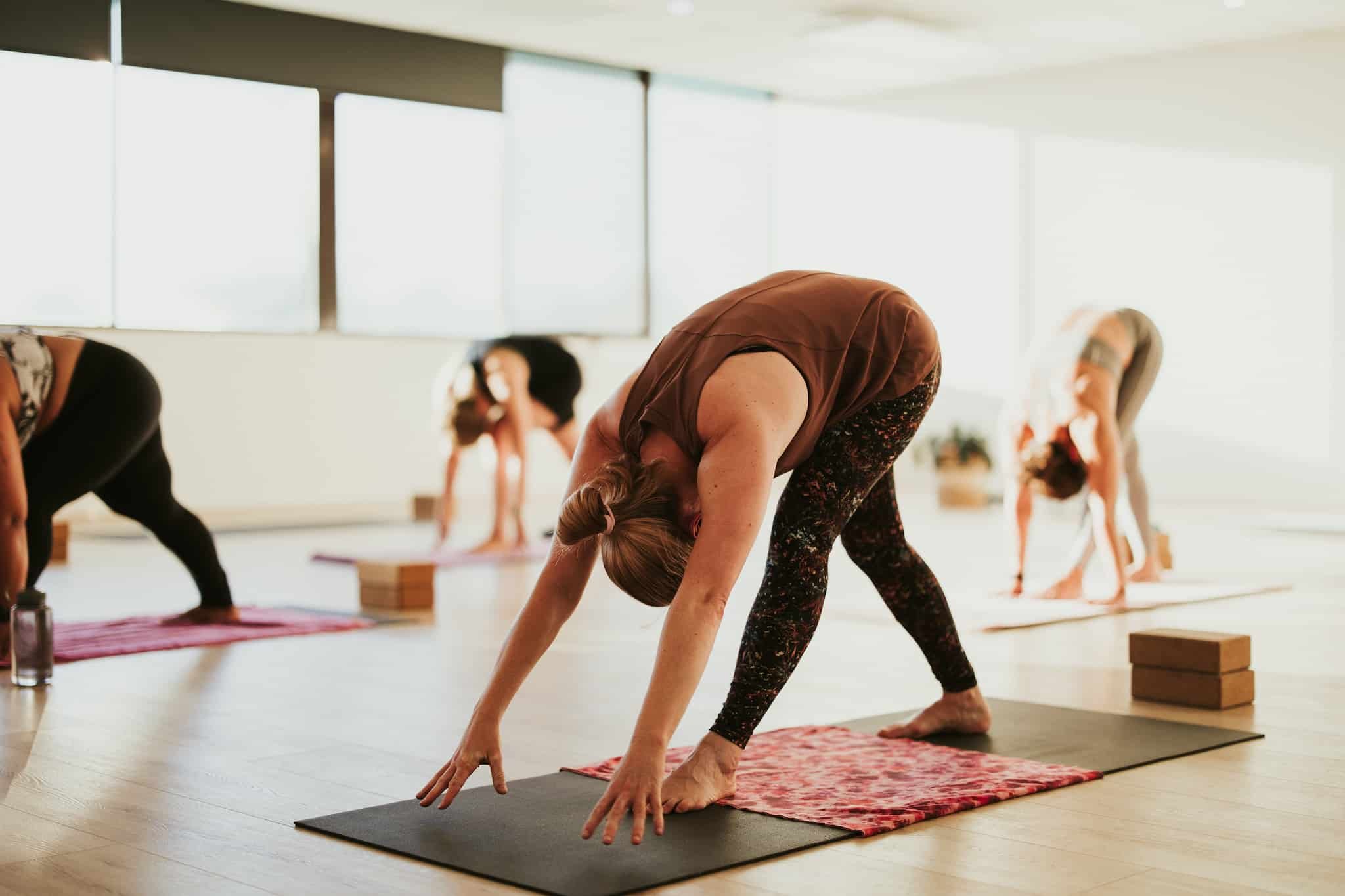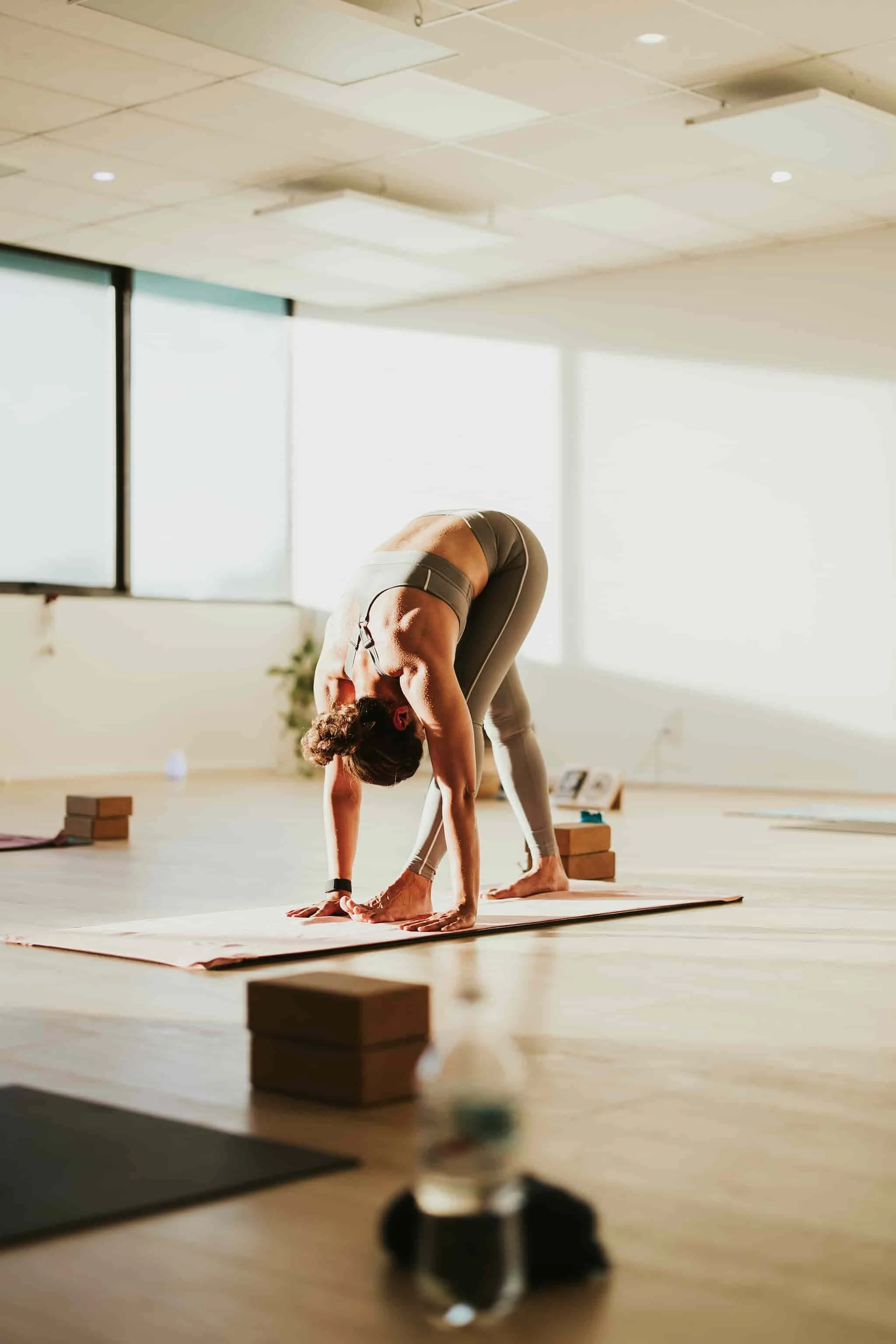What Is the Difference Between Bikram and Hot Yoga?
If you have been looking for ways to spice up your yoga practice, you might have seen classes advertised for Bikram or hot yoga. While the terms are often interchanged to mean yoga done in high temperature rooms, these practices differ from each other in many ways. For example, while you are not practicing Bikram while doing a hot yoga class, you are practicing hot yoga while doing a Bikram class. Confused already? Do not fear. Below, we will explore the variations between them to help you choose which practice will better suit you.
The origin of Bikram Yoga
Bikram yoga was popularised by Indian/American yoga guru Bikram Choudhury in the 1970s. While teaching in Japan he was curious about his students and their interest in using saunas after yoga classes. This paired alongside his training inspired him to take certain hatha yoga poses and develop them into a sequence to be used in his class. The heat was said to help imitate the hot weather conditions of doing yoga in India.
Where Hot Yoga Comes From
Hot yoga, as we know it today, ultimately derived from Bikram yoga, though there is more flexibility in how the classes can be taught and by whom. Let’s compare the main differences between Bikram and hot yoga.
The Difference Between Bikram and Hot Yoga
Temperature
While both rooms are technically hot, Bikram yoga has a set temperature, whereas hot yoga can range depending on what the instructor wishes. In Bikram, the room is heated to exactly +40° Celsius and with a humidity percentage of forty. On the other hand, hot yoga rooms are often heated anywhere between +26° and +40° Celsius with varying percentages of humidity.
Studio
What helps to easily distinguish the difference between Bikram and hot yoga are the number of mirrors in the room. Bikram will typically have wall-to-wall mirrors, which is not necessarily the case with hot yoga. This feature is what makes Bikram stray from traditional yoga; traditional-style practices see mirrors as a distraction from our inner awareness, however Bikram wants to boost outer awareness. Additionally, Bikram studios will have very bright lighting, while a hot yoga studio may feature more dim lighting like candles.
Poses
Hot yoga classes can be taught as an extension of a traditional yoga class and can feature any postures as chosen by the instructor. Alternatively, in Bikram yoga, Choudhury selected a series of 26 postures to be used in any official Bikram class. These poses are scripted and must be used in the same order each time. Commonly, Bikram yoga will not feature inversions such as headstands since it can be quite a difficult challenge to tackle as a beginner alongside the heat. You might only find inversions in Bikram in advanced classes. In hot yoga classes, however, there is more flexibility in how the class is run so you never know what the class will bring before arriving. For some, this helps stay more moment to moment in the class than knowing what will come next.
Adjustments
The feature of having the mirrors in a Bikram yoga class gives the students the opportunity to adjust based on how they see themselves, restricting the instructor from helping in that department. In a hot yoga class, however, instructors will often help to physically correct students so they can better find and understand the forms as they flow.
Interaction
As you may be catching on by this point, Bikram yoga is a stricter practice, so as you can imagine there is no speaking or interacting with the instructor or other students during practice. As far as hot yoga goes, depending on your instructor and the class, there may be more room to ask questions along the way if you need guidance. You will also find that Bikram classes are led either in complete silence or with very limited verbal cues. In hot yoga, you may find there is light music being played as well as verbal cues from your instructor. Ultimately, a more laidback atmosphere compared to Bikram.
Instructor
To market yourself as a Bikram yoga instructor there are specific requirements to fulfil. Bikram yoga instructors go through a 200-hour certification training program in which they learn the set practice and dialogue. Even with this certificate you must renew it every three years to make sure you stay up to scratch. On the other hand, while hot yoga instructors often complete yoga certification classes as well, they have not necessarily had all their training in hot yoga. This variation and perhaps additional experience from other trainings could prove a benefit in the class if, as the student, you are looking for a more well-rounded guide.
Duration
With Bikram yoga classes always using the same script and 26 postures, the classes always clock in at 90 minutes in length. Depending on the studio, hot yoga classes could vary in length and style so if you are looking for a shorter class to fit into your schedule that will likely be available to you.
Benefits of Heat
Practicing yoga in heat – be it hot yoga or Bikram – can have wonderfully positive effects on the body. For one, the high temperature levels can help you increase your stretch to reach a more desired level of flexibility. Moreover, the intensity makes your heart pump faster as it pushes more blood towards the skin to cool you down. This gives you a better cardio workout than you’d receive doing the same sequence in a cooler room. Furthermore, practicing yoga in a heated room can improve your lung capacity by training your lungs to retain more air. Deeper breaths force them to expand more than usual, which allows for more oxygen to enter the blood stream and get to the other organs. Either way some wonderful challenges and changes for you to encounter if you choose one of these practices.
Take Care
Whether you choose to partake in Bikram or hot yoga don’t forget to do your research first and make sure you are putting safety first. Practicing in high heat is taxing and is not suitable for everyone. The heat, for some, causes folks to overstretch and suffer from dehydration. In more extreme situations It can lead to heat exhaustion and heat stroke. Always ensure that your instructors are accredited and that you are asking questions when you are unsure.
And remember:
“Yoga is a light, which once lit will never dim. The better your practice, the brighter your flame.” ― B.K.S Iyengar
Bringing the heat into your practice might be exciting way to challenge what you already know about your body and mind connection and give you a new way to shine brighter. We hope your journey into Bikram or hot yoga classes is lush with mindful, positive change. Namaste!



